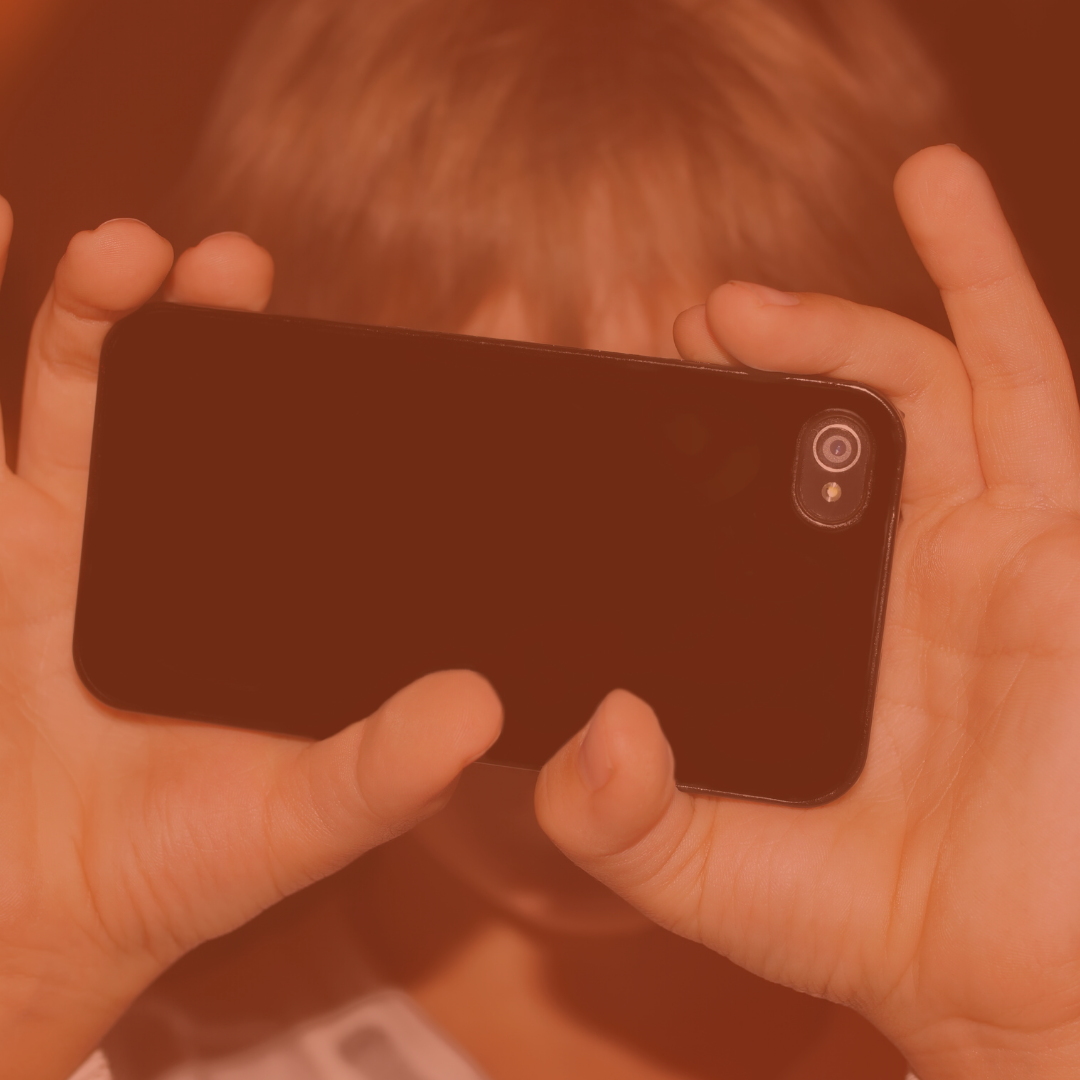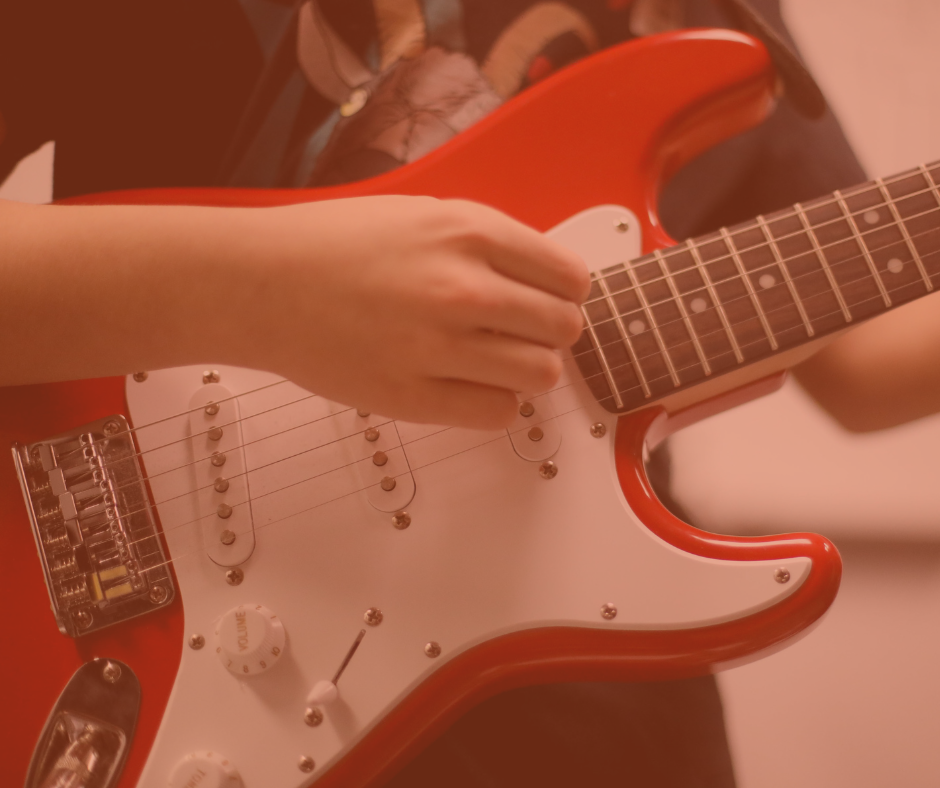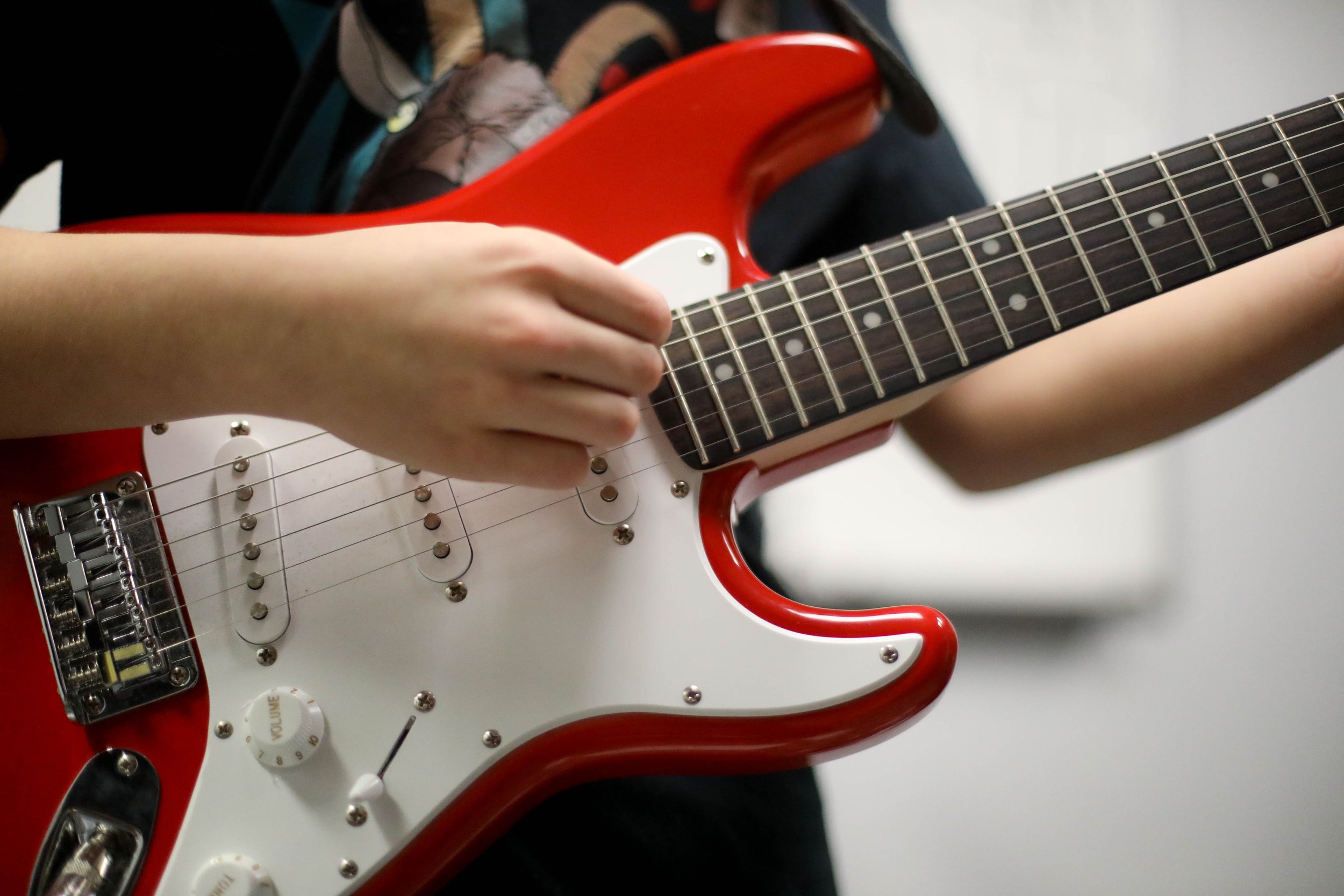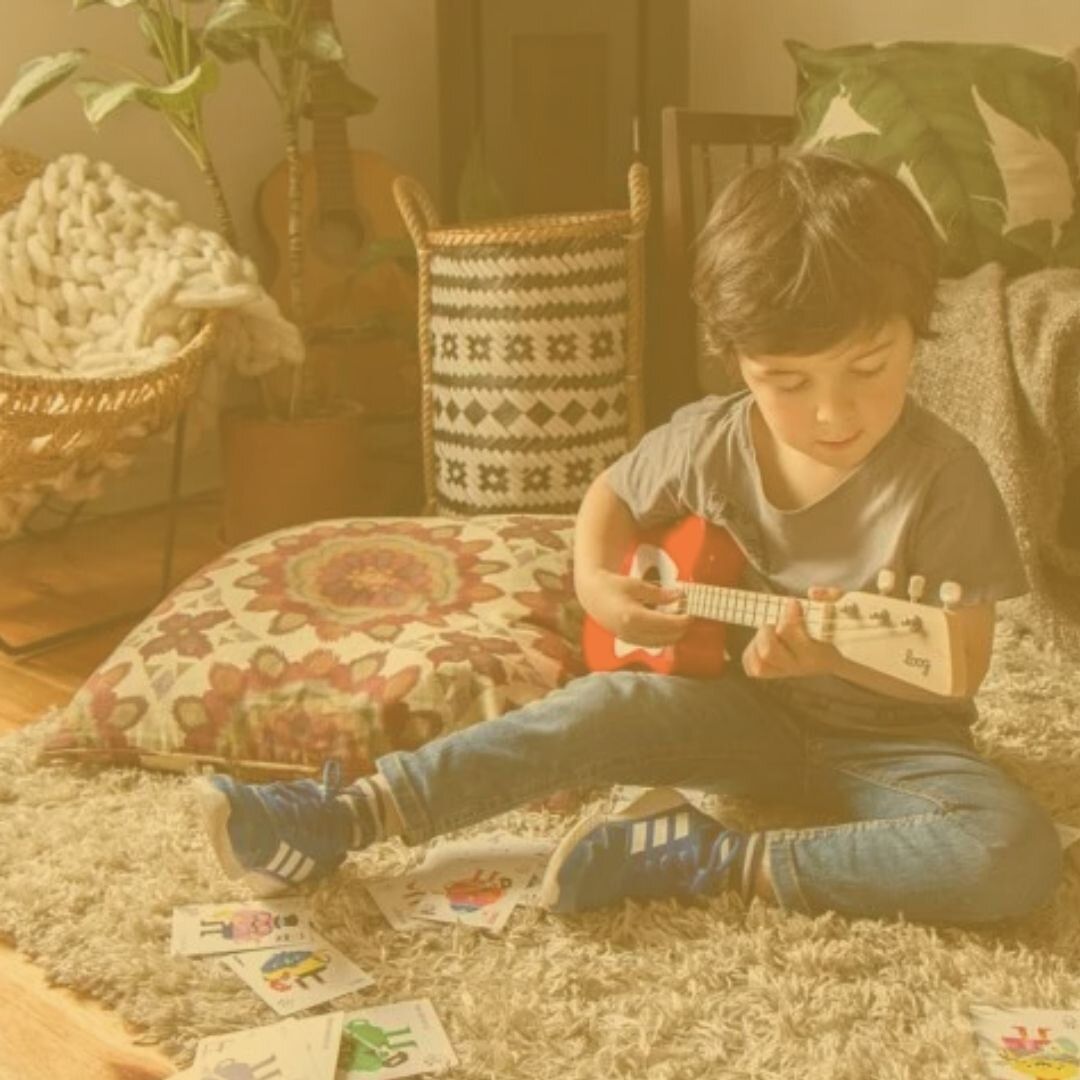Do Zoom Music Lessons Work?
The most important factors in success of a student is consistency in lessons. Remote lessons allow students to maintain weekly lessons when they aren’t able to see their teacher in person for a period of time. Much can be achieved from online lessons, for instance a voice teacher can correct the posture of a voice student, and piano teacher can work on correct fingerings, clap rhythms, and work on expression, etc.
Tips for Successful Remote Music Lessons
-
Ensure a good connection! Zoom and Webex are excellent 3rd party platforms.
-
Consider using an iphone tripod to provide the best angle
-
Make sure you are not standing in shadows, or back lit. A tripod with a light is a great solution.
-
Find a quiet and focused area, just as you would with an in-person lesson.
-
Write down all notes your teacher gives you during the lesson, and establish a goal for the week.
-
Reach out to your teacher between lessons if you need help. They want you to succeed!
Final thoughts: It is optimal for students to see their teacher in person. However consistency is the most important aspect of lessons and much can be achieved from online lessons. It’s far more advantageous to have online lessons than a year long break from lessons.
Have you had experience with online lessons? Comment below.





